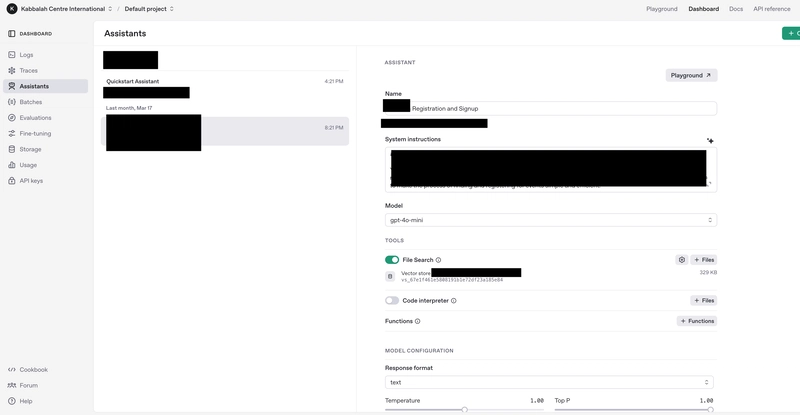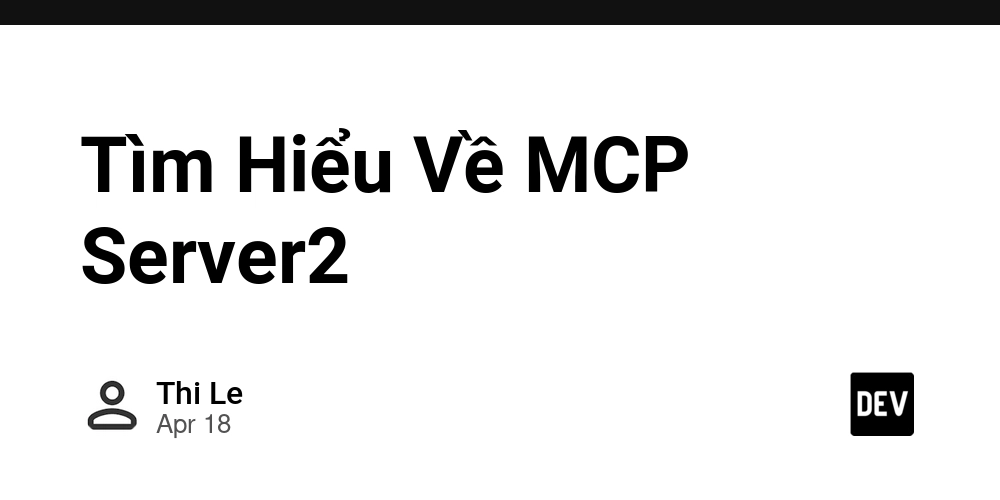Stack Memory vs. Heap Memory
Stack Memory Definition: Stack memory is a type of memory that stores temporary data. It is used for static memory allocation, meaning the size of data is known at compile time. Characteristics: Fast Access: Access to stack memory is very fast because it follows a Last In, First Out (LIFO) structure. Automatic Management: When a function is called, its variables are stored in stack memory, and when the function exits, that memory is automatically freed. Limited Size: Stack memory is typically smaller than heap memory, and if it runs out, a stack overflow error can occur. Use Cases: Stack memory is used for primitive data types (e.g., numbers, strings, booleans) and function calls. Heap Memory Definition: Heap memory is used for dynamic memory allocation, meaning data can be allocated and deallocated at runtime. Characteristics: Slower Access: Access to heap memory is generally slower than stack memory due to the need for complex management and allocation processes. Manual Management: Unlike stack memory, memory in the heap must be manually managed. If you create an object or array, you need to make sure to free it when you are done. Larger Size: Heap memory is typically larger than stack memory, allowing for storage of larger objects and complex data structures. Use Cases: Heap memory is used for objects, arrays, and data structures whose size is not known at compile time.

Stack Memory
Definition: Stack memory is a type of memory that stores temporary data. It is used for static memory allocation, meaning the size of data is known at compile time.
-
Characteristics:
- Fast Access: Access to stack memory is very fast because it follows a Last In, First Out (LIFO) structure.
- Automatic Management: When a function is called, its variables are stored in stack memory, and when the function exits, that memory is automatically freed.
- Limited Size: Stack memory is typically smaller than heap memory, and if it runs out, a stack overflow error can occur.
Use Cases: Stack memory is used for primitive data types (e.g., numbers, strings, booleans) and function calls.
Heap Memory
Definition: Heap memory is used for dynamic memory allocation, meaning data can be allocated and deallocated at runtime.
-
Characteristics:
- Slower Access: Access to heap memory is generally slower than stack memory due to the need for complex management and allocation processes.
- Manual Management: Unlike stack memory, memory in the heap must be manually managed. If you create an object or array, you need to make sure to free it when you are done.
- Larger Size: Heap memory is typically larger than stack memory, allowing for storage of larger objects and complex data structures.
Use Cases: Heap memory is used for objects, arrays, and data structures whose size is not known at compile time.



































































![Apple Watch Series 10 Back On Sale for $299! [Lowest Price Ever]](https://www.iclarified.com/images/news/96657/96657/96657-640.jpg)
![Apple Slips to Fifth in China's Smartphone Market with 9% Decline [Report]](https://www.iclarified.com/images/news/97065/97065/97065-640.jpg)
![EU Postpones Apple App Store Fines Amid Tariff Negotiations [Report]](https://www.iclarified.com/images/news/97068/97068/97068-640.jpg)








































































































_Andreas_Prott_Alamy.jpg?width=1280&auto=webp&quality=80&disable=upscale#)






















































































![[The AI Show Episode 144]: ChatGPT’s New Memory, Shopify CEO’s Leaked “AI First” Memo, Google Cloud Next Releases, o3 and o4-mini Coming Soon & Llama 4’s Rocky Launch](https://www.marketingaiinstitute.com/hubfs/ep%20144%20cover.png)








































































































































































































































